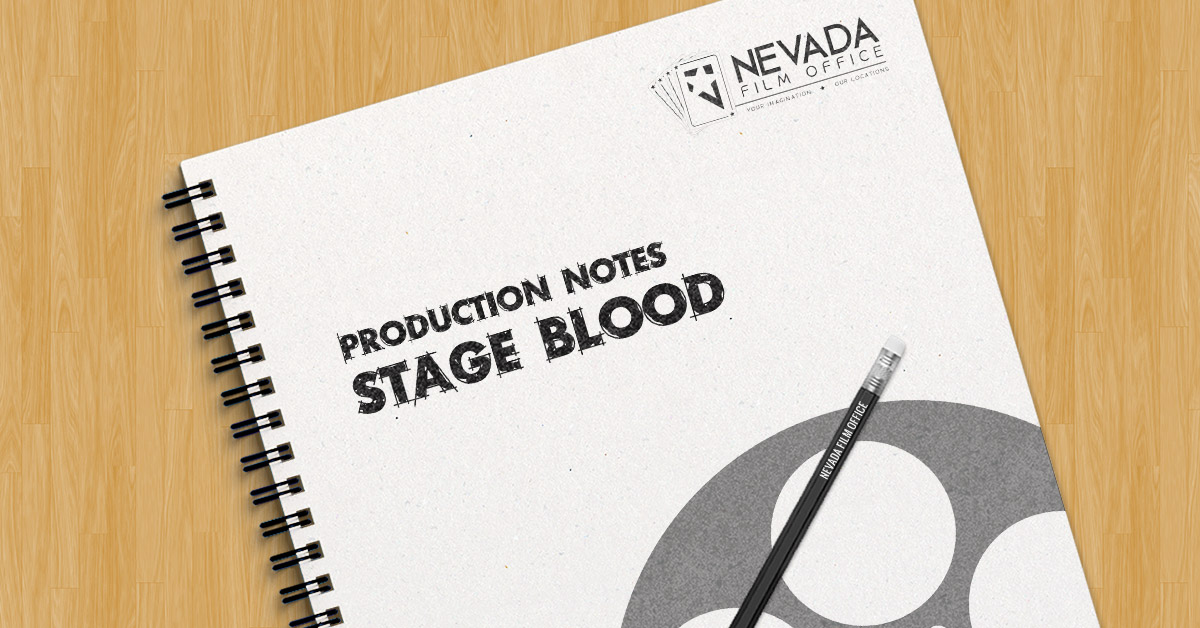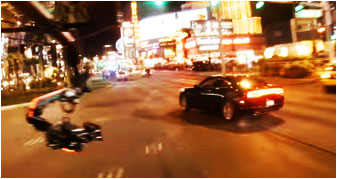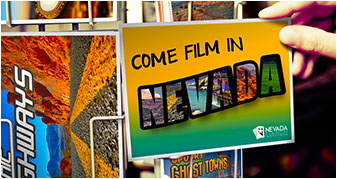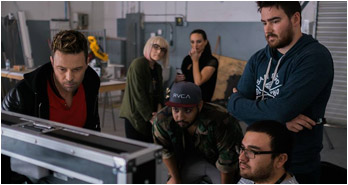
Portraying Blood In Film and Television
Depending on the kind of action and scene that is being filmed, blood can look very different across storylines and situations – bright or dark, thin or thick, etc. It isn’t always the easiest thing to fake, but some productions have really gone above and beyond in achieving realism.
Sometimes known as “Kensington Gore,” a pun on the London street, stage blood/fake blood is much more ideal to use for film and television than real blood, particularly when it comes to ethical concerns as well as the mental, physical, and emotional well-being of cast and crew members who are involved in or must witness or review scenes that contain blood. Fake blood is also much easier to work with as it holds up better over time for long filming days (real blood coagulates and can solidify quickly).
Below are a few examples of how major film and television productions use a variety of tools and techniques to fake blood in scenes.
- One of the most widely used mixtures that helps create the illusion of real blood is corn syrup with food dye. Non-dairy creamer can also be added to get the right consistency.
- Tomato ketchup is another popular alternative used to fake blood.
- Lighting can really affect the color of substances used as stage blood, so getting the color exactly right isn’t always necessary. If you are shooting a movie in black and white, you can even use chocolate syrup (this was a technique used in most Hitchcock films).
- Adding dish soap to a fake blood mixture can also help with the consistency, however, it isn’t the best solution for actors with skin sensitivities. A sugar and detergent fake blood mix was used on the set of Amityville: The Awakening for realistic gashes, but it took a lot of elbow grease with oil and alcohol to get it off of the actress’s skin, greatly irritating it in the process (source).
- Hollywood makeup artist Dick Smith created the most famous recipe for stage blood, and it was used in such classics as The Godfather, The Exorcist, and Taxi Driver. Smith’s recipe was so realistic that the Motion Picture Association of America (MPAA) threatened to give Taxi Driver an X rating, so director Martin Scorsese desaturated the color to more of a sepia tone and ultimately got an R rating from the MPAA (source). Another problem did exist with Smith’s recipe, though: it contained a poisonous ingredient.
There are so many ways to fake blood in movies and television, but one of the great things about it is the fact that filmmakers can get so artistic with their productions that the blood doesn’t even have to look real.
Whether you are looking for realistic stage blood or an artistic interpretation of blood to use for your next production, check out our online Nevada Production Directory to find prop masters and prop assistants in Nevada or drop by our office and pick up a free printed directory!
If you are a prop master or prop assistant and are not yet listed in our Nevada Production Directory, you can learn more about how to sign up for the NPD here.
Featured Business
Advertisement
Disclaimer: The information contained in this article is deemed to be accurate and true to the best of our knowledge. All data and information provided on this site is for informational/entertainment purposes only. If there are any inaccuracies, you may submit corrections and sources by visiting our Contact page. Nevada Film Office makes no representations as to accuracy, completeness, currentness, suitability, or validity of any information on this site & will not be liable for any errors, omissions, or delays in this information or any losses, injuries, or damages arising from its display or use. All information is provided on an as-is basis. We do not sponsor or endorse anyone in our posts nor do we receive compensation of any kind in exchange for providing information about specific websites or resources unless otherwise noted, so please check for references, business licenses or credentials as you feel necessary.





Connect With Us
Proud Members of: